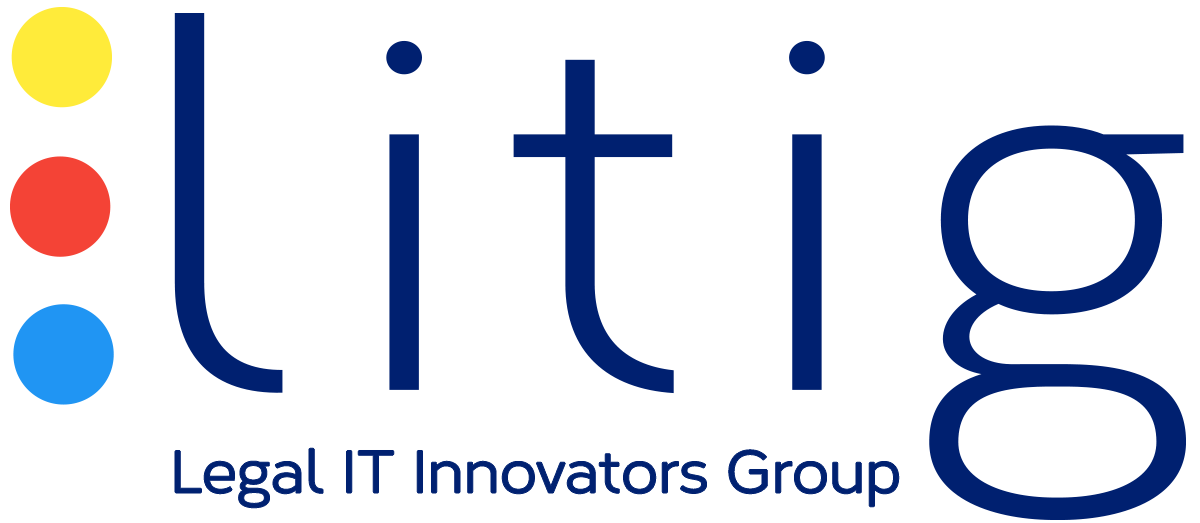Litig AI Benchmark Initiative - Transparency Charter
The Litig AI Transparency Charter sets out clear commitments from organisations that provide legal AI products to ensure adoption is safe, ethical, and transparent. AI vendors are invited to sign up to the Transparency Charter to support an industry-wide approach for AI trust and accountability, enabling firms to embrace innovation while safeguarding ethical and professional standards.
Sign up
Sign up to the Litig AI Transparency Charter to show your commitment to responsible and transparent AI in the legal industry.
All feedback and suggestions are welcomed to help enhance the Transparency Charter. You can make comments or download the document here: Transparency Charter
1st September 2025 • Version 2.0
All feedback and suggestions are welcomed to help enhance the Transparency Charter. You can make comments or download the document here: Transparency Charter

